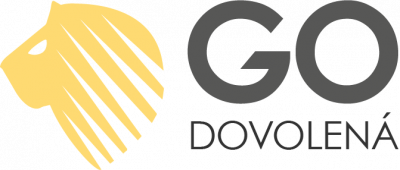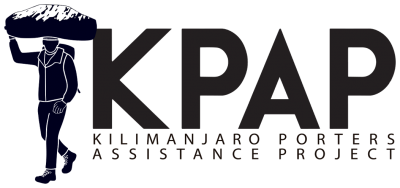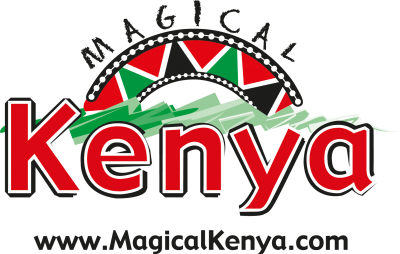Zimbabwe
Capital: Harare
Official language: English
Religion: Christianity
Currency: US dollar
Zimbabwe is a landlocked country in southeast Africa. Its neighbor is Mozambique in the east, South Africa in the south, Zambia in the northwest and Botswana in the southwest. In the past, the country was called Southern Rhodesia or Zimbabwe Rhodesia. Until 1963, it was incorporated into the Federation of Rhodesia and Nashka. Together with Zimbabwe, there belonged to Northern Rhodesia, which is today's Zambia, and Nasko, which is today's Malawi. The name of the country Zimbabwe is associated with the Shona ethnic group from the original word zimba remambve, which means rocky house. In 1980, independence from the United Kingdom was gained.
History
According to archeological excavations, the places of today's Zimbabwe were inhabited as early as the 3rd century AD. At that time, Banut tribes came here, engaged in agriculture and growing millet, sorghum and raising animals such as goats and sheep. They also processed various objects from natural materials. Between 1250 and 1400, the Greater Zimbabwe Empire was established here. Buildings made of wood and clay materials are known from this period. After the Empire of Greater Zimbabwe, the Munhumutapa Empire, which was the largest in South Africa at the time, also operated here. They traded in gold, ivory, etc. It ended at the end of the 17th century. Buildings and monuments from the time of the empires became part of UNESCO in 1986.
Information before the trip
What to look out for before traveling to Zimbabwe.
Visas - Citizens of all countries must check the visa requirement before traveling here http://www.zimimmigration.gov.zw/. You can obtain tourist visas at the embassy in Zimbabwe or at border crossings and three international airports in the capital Harare, Bulawayo and Victoria Falls. The visa fee is $30 for 30 days. It is paid in US dollars, in cash.
Vaccinations - No vaccinations are required when traveling to Zimbabwe. The official international vaccination card with yellow fever vaccination is only recommended, but in practice it is often required if you are traveling from a country where yellow fever occurs.
Recommended vaccinations: Hepatitis A + B, typhoid fever and tetanus - revaccination check.
Customs regulations - You can import goods to Zimbabwe that are intended for consumption on the spot and do not exceed $300. You can bring 5 liters of alcohol to a person over 18 years of age, of which only 2 liters of distillate can be made.
Money
US dollars and South African randis are accepted throughout Zimbabwe. Since 2010, the official currency has been the US dollar. It is better to bring cash in USD, because credit cards are not accepted much, only in larger hotels. The then Zimbabwean currency now serves as a souvenir.
Transport
International flights land in most cases in Harare and also in Victoria Falls. There are also local flights in the country between Harare and Victoria Falls and between Harare and Bulawayo. You can also use bus transport, mainly for travel from surrounding countries. However, many connections have been canceled because the poor in the country cannot afford transportation due to price, and wealthy tourists prefer to fly. Tracking is a big trend in the country. People hitchhike, contribute to gasoline drivers, and it's more convenient for them. The railway line is not recommended due to safety.
Boarding
The cuisine in Zimbabwe is very diverse. In the restaurants you can find various foreign dishes, but also with homemade products and favorite dishes. They like to combine Italian cuisine with their own. As for drinking water, it is drinkable and harmless in most cities and reservations. Local specialties include peanuts, soot porridge, wild mushroom soup, pumpkin and antelope or crocodile meat. Groceries can be purchased in larger cities, in smaller ones exceptionally.
Nature
Zimbabwe is largely made up of savannas, and the humid air here supports the growth of tropical plants and the growth of woody plants. From the trees we can find baobabs and mahogany. Examples of flowers include hibiscus, aloe and cacti. From the animals you can meet elephants, lions, buffaloes, hippos and rhinos. Among primates, there are chimpanzees, baboons and gorillas. There are also foxes, otters, hares, antelopes and zebras. Snakes and lizards are truly blessed in the land. There are also a large number of birds.
Economy and industry
Agriculture accounts for 66% of Zimbabwe's economy. Sugar cane, grain, tobacco and corn are produced here. What is grown is usually exported, despite the fact that the situation is not economically favorable. Animals such as goats, sheep, etc. are also bred. Industry then makes up only about 10% of the country's economy. It focuses mainly on mining. Gold, nickel, chromium, coal, silicon, copper, tin, etc. are mined. Unfortunately, Zimbabwe is also a country through which drugs enter the Republic of South Africa, which is why the Republic of South Africa has already placed troops on the borders. Illegal labor migration is also common.
Interesting places
Victoria Falls
Of course, the biggest gems of Zimbabwe are Victoria Falls. Victoria Falls is one of the largest waterfalls in the world. It is located in South Africa on the Zambezi River. The width of the waterfall is about 1800 m. The water falls from a 120 m high cliff into a 140 m deep canyon. Locals call the waterfall smoke that thunders. These waterfalls were discovered in 1855 by the English traveler David Livingstone. Their name is from Queen Victoria of England.
Harare
Harare is the capital of the Republic of Zimbabwe. In 2009, about 1,600,000 people lived here. The town was founded under the name Salisbury in 1890 by the British South African Society. This city was not granted its rights until 1935. In 1982, the city was renamed Harare. Harare is a very modern and clean city. The city has cathedrals, museums, the Queen Victoria Library, a gallery and an archive. The alleys of trees lining the streets are beautiful.




